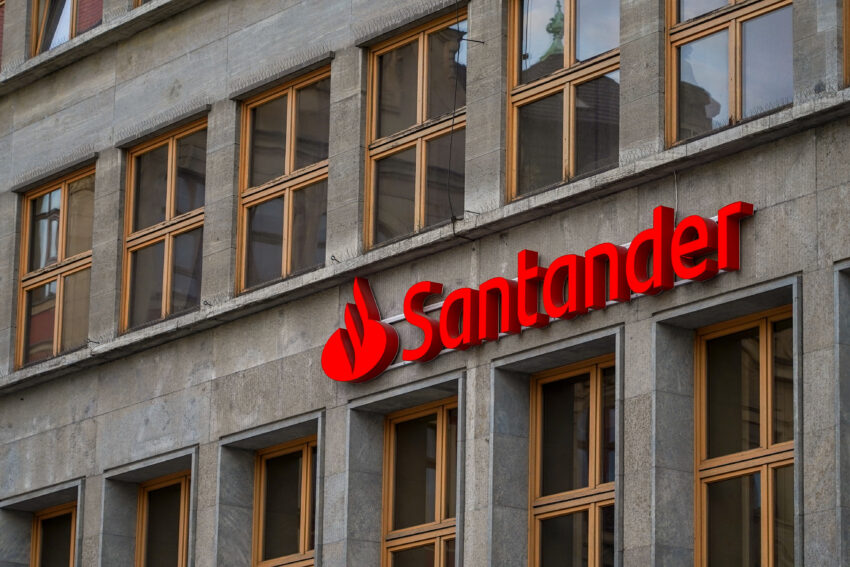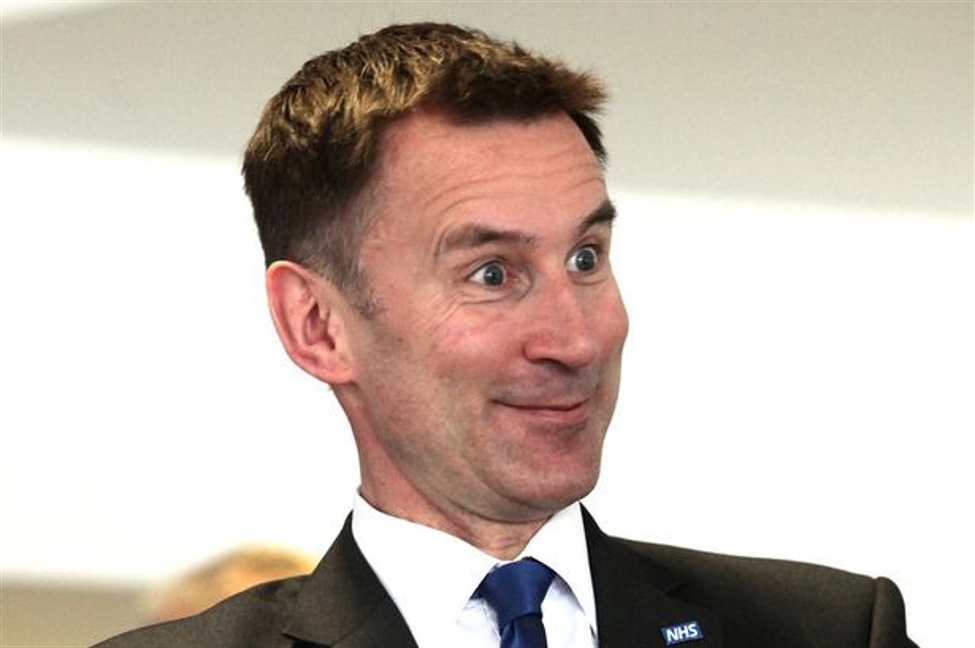- Mon:
Apple iPhone Event; Japanese GDP Revised (Q2),Chinese CPI (Aug), EZ Sentix
Index (Sep), US Employment Trends (Aug) - Tue:
EIA STEO, OPEC MOMR; Australian Business Confidence (Aug), German Final
CPI (Aug),UK Unemployment/Wages (Jul), Swedish GDP (Jul), Norwegian CPI
(Aug), US NFIB (Aug), Chinese Trade Balance, M2 & New Yuan Loans (Aug) - Wed:
UK GDP Estimate (Jul), US CPI (Aug) - Thu:
ECB Policy Announcement, Norges Bank Regional Network (Q3), IEA OMR,
Swedish CPIF (Aug), US IJC (w/e 7th Sep), PPI Final Demand(Aug), Canadian
Building Permits (Jul), New Zealand PMIs (Aug) - Fri
CBR Policy Announcement, ECB TLTRO III.10 repayment publication; EZ
Industrial Production (Jul), US Export/Import Prices (Aug), Uni. of
Michigan (Sep)
Apple iPhone Event (Mon): Apple’s “It’s
Glowtime” event is likely to unveil new iPhone 16 models, Apple Watch
Series 10/Ultra 3/SE, and 4th-gen AirPods. Analysts at Bernstein suggest there
are five key investor questions for the event: 1) What happens to iPhone ASPs?
Reports have suggested Apple may increase iPhone Pro model prices by USD 100,
though it could maintain current prices while raising costs for certain
configurations. Demand and macroeconomic factors might also influence the
pricing strategy and model mix. 2) How much more will we learn about Apple
Intelligence? Initial AI features will debut in October with the release of iOS
18.1, but will be limited, reports have suggested. Apple is expected to
showcase additional AI capabilities and provide a timeline for broader rollouts
over the next 6+ months. 3) How strong could the iPhone 16 cycle be, and will
investors be disappointed if the 16 is modest and the 17 is stronger? Bernstein
anticipates strong iPhone 16 and 17 cycles due to AI features and longer
replacement cycles, projecting 13% Y/Y revenue growth (vs 8% previously), but
adds that expectations are already factoring in a moderate 16 and a stronger
17. 4) Will Apple have a normal ramp, and will the September quarter tell us
anything? Bernstein anticipates FY availability and no product delays, but adds
that September quarter results are not indicative of the strength of iPhone
cycles, and are dictated by channel inventory build of new offerings. 5)
Finally, Bernstein notes that the seasonal trade has worked, and what should
investors do now? “We see risk-reward coming more into balance,” it
wrote, “Apple is at the high end of its historical valuation range and the
stock typically takes a breather after new iPhone announcements.”
Chinese Inflation (Mon): There are currently no
expectations for the Chinese inflation metrics, but the data will be keenly
watched for a prognosis of China’s economic health. Using the Caixin PMI
release as a proxy, the commentary suggested “On the price front, while input
costs increased across both sectors, prices charged by manufacturers and
service providers declined by various degrees, further increasing pressure on
businesses’ profitability”. In last month’s release, CPI rose 0.5% Y/Y (prev.
0.2% in June), partly due to weather disruptions affecting food supplies. While
food prices increased, overall domestic demand remained weak, with core
inflation (ex-food and fuel) slipping to 0.4% from 0.6% in June. Despite
stimulus efforts by Beijing, challenges persist, including a prolonged housing
downturn and weak auto sales. PPI in July remained deflationary. Analysts
expect inflation to stay low (although some expect food inflation to turn
positive for the first time in over a year), with further stimulus needed to
support economic growth targets. This sentiment has also been reinforced after
the latest PMI data in which NBS Manufacturing and Caixin Services painted
bleak pictures – “There is still room for fiscal and monetary policy
adjustments. There is an increasingly urgent need for China to enhance policy
support and ensure the effective implementation of earlier policies”, the
commentary from the Caixin PMI suggested.
UK Employment/Wages (Tue): The last employment report
sparked a hawkish reaction, driven by a sizeable drop in the unemployment rate
(4.2% from 4.4%, exp. 4.5%) and marked upside in the employment change figure
(97k from 19k, exp. 3k) which served to more than offset the as expected/slightly
softer than forecast wage numbers; ‘dovish’ figures which were subject to
caveats as the comparison period was affected by NHS bonus payments. This time,
the average earnings metrics will be for July and that month’s renewed hiring
trend, evidenced in that and subsequent periods PMIs, could add to pay
pressures and by extension filter through into inflation stickiness, i.e. work
in favour of those who expect the BoE to maintain the policy rate at the next
gathering. However, Pantheon points out that base effects will continue to
suppress wages and look for the ex-bonus metric to fall to 5.1% (prev. 5.4%);
though, they judge that wages at this level are too strong for rapid Bank Rate
cuts. The narrative of a renewed hiring trend points to another set of hawkish
unemployment rate and employment change figures as well, specifically, Pantheon
looks for the unemployment rate to drop to 4.1% or possibly 4.0%.
Chinese Trade Balance (Tue): There are currently no
expectations for the August Trade Balance figures, but markets are keeping a
close eye on Chinese economic data against the backdrop of sluggish growth
fears. Desks suggest a focus on auto exports which has seen weakness. Analysts
at ING “anticipate August’s trade data continued to slow, with export growth
around 5% year-on-year and imports around 3% YoY… If auto exports shift from
being a tailwind to a headwind, it could negatively impact China’s overall
export strength.”
Norwegian CPI (Tue): Tuesday will see the release of
the Norwegian CPI for August; there is currently no newswire consensus for the
headline metric, but SEB predicts that it will cool slightly from the prior to
2.7% from 2.8%. For the Core metric (ATE), the bank believes it will print at
3.3% which would be 0.3% below the Norges Bank’s forecast for the month and
unchanged from the prior. As a reminder, the July figure printed below the
Norges Bank’s view, but was not sufficient to spur a shift from the Norges
Bank’s hawkish stance. Currently, the Norges Bank’s forecasts imply the first
cut occurring in Q2-25, with the most recent policy announcement noting that
the “policy rate will likely be kept at the current level for some time
ahead”. August’s inflation release is unlikely to be sufficient to spur a
significant adjustment to the rate path, though a softer-than-expected metric
could, depending on the development of other points (i.e. the Regional Network)
see a modest guidance tweak at the September decision/MPR.
UK GDP Estimate (Wed): June’s M/M came in at 0.0%, as
expected, with the 3M also in-line at 0.6%; though, the Y/Y printed slightly
shy of forecasts at 0.7% vs exp. 0.8%. The release did not have much impact on
BoE pricing. The most recent PMIs for August were indicative of the “economy
expanding at a reasonably solid quarterly rate of c. 0.3%.”. Similarly, the
periods retail data saw a rebound and public sector strike action occurred for
only the first two days of July, Investec reminds and looks for a pick up to
0.3% M/M in July. Overall, the July GDP release is likely to be a robust one
but probably won’t have too much impact on BoE pricing, with the focus on
inflation stickiness; though, at the margin, firmer readings reduce the need
for timely policy adjustments and factor in favour of those who expect the BoE
to leave rates unchanged at the September meeting.
US CPI (Wed): The consensus looks for US consumer
prices to rise +0.2% M/M in August (prev. +0.2%), and the core rate is expected
to also rise +0.2% M/M (prev. +0.2%). Wells Fargo says the rise in CPI is a
reminder that the road to restoring price stability will still have some bumps
along the way. Wells itself is slightly above consensus, and looks for core CPI
to rise +0.25% M/M (which would round to 0.3%, but would leave the annual rate
at 3.2% Y/Y). It says that “a rate reduction at the FOMC’s upcoming meeting
on September 18th looks all but certain, but the upcoming CPI report could
serve as a tiebreaker between a 25bps or 50bps cut if the August jobs report
lands in the grey zone between clearly weak and clearly strong.” The
August labour market data itself did not offer any explicit clarity: the
headline came in beneath expectations at 142k (vs an expected 160k), though the
jobless rate declined to 4.2% from 4.3%; that said, the underemployment rate
rose to 7.9% from 7.8%, and average hourly earnings rose +0.4% M/M (exp.
+0.3%), pushing the annual rate up to 3.8% Y/Y from 3.6%. Speaking after the
jobs data, Fed voter Williams said the jobs market was in better balance, but
was not the main source of inflation. Williams himself sees inflation at 2.25%
this year (vs the Fed’s June forecasts of 2.6%; those forecasts are now judged
to be somewhat stale, and will be updated on September 18th) and sees jobless
rate at 4.25% by the end of this year (vs Fed forecasts of 4.0%), though also
added that he sees the longer run unemployment rate at around 3.75% (vs the
Fed’s June forecast of 4.2%). He did not offer any insight into whether he
preferred a 25bps rate cut or a larger 50bps move in September.
ECB Announcement (Thu): Expected to cut by 25bps,
taking the Deposit Rate to 3.50%, after commencing the easing process at June’s
forecast meeting, skipping July and thereafter placing the emphasis on
September for the next policy move. Market pricing has the odds of a 25bps cut
occurring at around the 99% mark. Conviction for a cut has come from the
ongoing progress of inflation, the easing of wage pressures (i.e. Q2 negotiated
wage survey) and downbeat growth outlook for much of the bloc; however, the
stickiness of some components of inflation (i.e. services) means that hawkish
voices are still present on the council. As such, the focus for the meeting
will be on any guidance towards the next cut. Recently, a Reuters sources piece
outlined that decisions are expected to be more complicated after September
with the debate being over how weak growth/potential recession will impact the
inflation outlook. Interestingly, the piece concluded that the ECB will provide
no commitment around October, however, the doves want Lagarde to signal that
back-to-back moves are not excluded. As a reminder, the ECB is set to reduce
the MRO and DFR spread to 15bps (prev. 50bps) from September 18th (the
effective date of this month’s meeting), a tweak which was announced in March.
Swedish CPI (Thu): There is currently no newswire
consensus, but SEB Research predicts the August CPIF Y/Y figure to slow to 1.3%
vs the prior/Riksbank forecast of 1.7%. The bank predicts that the Y/Y core
(ex-energy) figure will remain stable at 2.2%; M/M is expected at -0.2% Y/Y. In
terms of the prior inflation report, core CPIF printed slightly above
expectations, but not by enough to deter a 25bps cut at its most recent
meeting, as well as a dovish shift to its language; which pointed towards 2-3
more rate cuts this year. August’s metrics may have some sway in the debate
between two vs three cuts for the remainder of the year, alongside the
performance of the SEK and general economy.
This article originally appeared on Newsquawk














